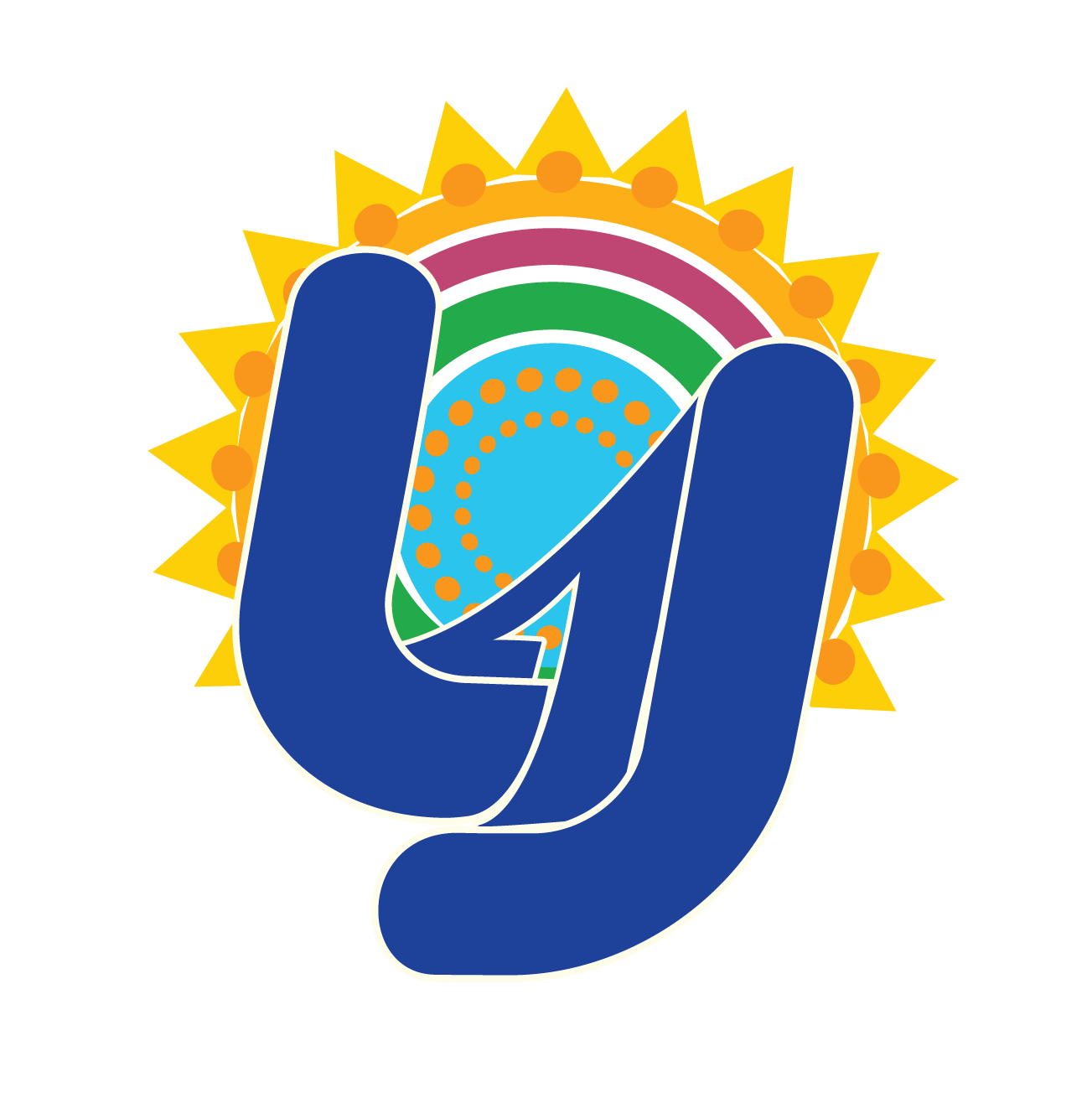
Glossary of Terms
These terms are essential for understanding the principles, rights, and concepts related to disability justice and rights. They reflect the ongoing efforts to create a more inclusive and equitable society for individuals with disabilities.
| Terms (with links to further information) | Definition |
|---|---|
| Accessibility | The extent to which environments, products, services, and information are designed and provided in a way that accommodates individuals with disabilities, allowing them to participate fully in all aspects of society. |
| Ableism | A form of discrimination and prejudice against individuals with disabilities, characterized by attitudes, beliefs, and practices that devalue and marginalize them. |
| Americans with Disabilities Act | A U.S. federal law enacted in 1990 that prohibits discrimination against individuals with disabilities and mandates equal access to employment, public accommodations, transportation, and telecommunications services. |
| Advocacy | The act of supporting or promoting the rights, needs, and interests of individuals with disabilities, often through activism, lobbying, or education. |
| Assistive Technology | Devices, equipment, or software designed to assist individuals with disabilities in performing tasks, enhancing communication, or accessing information. |
| Disability | A condition or impairment that limits one’s physical, sensory, cognitive, or emotional abilities to engage in typical daily activities. |
| Disability Justice | A social justice movement that goes beyond disability rights, recognizing the intersectionality of disability with other marginalized identities and advocating for a more inclusive and equitable society. |
| Intersectionality | The concept that individuals may simultaneously experience discrimination or oppression based on multiple factors such as race, gender, sexuality, and disability. |
| Neurodiversity | The idea that neurological differences, including autism, ADHD, and others, are natural variations of the human brain and should be accepted and celebrated rather than pathologized. |
| Inclusive Education | An educational approach that ensures all students, including those with disabilities, are provided with appropriate support and opportunities to learn in the same classroom setting. |
| Invisible Disability | A disability that is not immediately apparent, often affecting internal functions or conditions, such as chronic pain, mental health disorders, or certain cognitive impairments. |
| Self-Advocacy | The practice of individuals with disabilities speaking up for themselves, asserting their rights, and making informed decisions about their lives. |
| Universal Design | The design of products, environments, and services that are accessible and usable by people of all abilities, without the need for specialized adaptations. |
| Intersectional Discrimination | Discrimination that occurs at the intersection of multiple marginalized identities, such as being a person of color with a disability, resulting in unique and compounded forms of discrimination. |
| Reasonable Accommodation | Modifications or adjustments made in policies, practices, or environments to ensure equal opportunities and access for individuals with disabilities, as required by law. |
| Disability Rights Movement | A collective effort to advocate for civil rights, equality, and societal inclusion for individuals with disabilities, often including protests, legal actions, and grassroots activism. |
| Accessible Communication | The practice of ensuring that information is presented in formats that are understandable and usable by individuals with various disabilities, such as braille, sign language, or plain language. |
| Independent Living Movement | A social and political movement led by people with disabilities, advocating for the right to live independently in the community with appropriate support services and accommodations. |
| Institutionalization | The practice of placing individuals with disabilities in residential institutions, often separated from the community, which has been widely criticized for its dehumanizing and isolating effects. |
| Self-Determination | The belief that individuals with disabilities should have the right and ability to make their own choices and decisions about their lives, including where they live and work. |
| Financial Exploitation | The manipulation of an individual’s property – whether money or other resources – by another party without sufficient understanding and consent of the owner so that it benefits the manipulating party. |
| Guardianship, Plenary (or Full) | Having complete control of a person’s decisions, property, finances, and person. |
| Guardianship, Limited | Only grants power to make decisions for a person in areas and under terms specified by the court. |
| Supported Decision Making | Supported decision making (SDM) is a tool that allows people with disabilities to retain their decision-making capacity by choosing supporters to help them make choices. A person using SDM selects trusted advisors, such as friends, family members, or professionals, to serve as supporters. The supporters agree to help the person with a disability understand, consider, and communicate decisions, giving the person with a disability the tools to make her own, informed, decisions. |
| Substituted decision-making | When legal capacity is removed from persons, even if this is in respect of a single decision; or substitute decision makers (i.e. guardians, guardians ad litem, attorneys or experts) are appointed by someone other than the persons concerned against their will; or decisions are made by substitute decision. |
| Self-Direction | A service delivery model that people can use to put self-determination principles into action. You have the freedom to develop the supports you need to live the life you want. |
| Person-Centered Planning | It is defined by the World Health Organization as “empowering people to take charge of their own health rather than being passive recipients of services.” Essentially, this type of care promotes residents to have a strong voice in decisions regarding their health and wellness. |
| Ex parte (hearing/decision/etc) | In emergency situations, an ex parte motion provides an exception to the rules of due process by allowing you to petition the court without having to notify or serve the other parties involved in your case. |
| Person Subject to Guardianship (also Alleged Incapacitated Person) | A person with disabilities (including seniors and young adults) who is voluntarily or involuntarily being placed under guardianship at the request of a petitioner. |
| Ward | The person for whom a guardian has been appointed is called the ”ward.” In law, a ward is an incapacitated adult placed under the protection of a legal guardian or government entity, such as a court. (See Person Subject to Guardianship.) |
| Conservatorship, General | Under a general conservatorship, a judge appoints someone to manage the affairs of an adult who can no longer care for themselves. |
| Conservatorship, Limited | Limited conservatorships are generally established for adults with developmental disabilities that can live and make decisions independently for the most part and only need some support. There are two different types of limited conservatorships: Limited Conservatorship of the Estate This type of authorization permits the conservator to handle the conservatee’s financial affairs. Limited Conservatorship of the Person the conservator manages the personal needs of the conservatee. This option may suit your situation if the conservatee needs assistance beyond financial matters. |
| Community Integration | Community inclusion is the opportunity to live and exist as a contributing member of the community while being valued for one’s abilities and uniqueness — regardless of disability. The ultimate goal of community inclusion is the participation of people with disabilities across a range of areas, including employment, housing, education, recreation and leisure, civic engagement, peer support and more. |
| Subminimum wage labor | Where a person with a disability is paid less than minimum wage based on their productivity relative to a person without a disability.This wage analysis is not applied to any other population, and many have argued isexploitative and diminishes the rights and opportunities of workers with disabilities. |
| Sheltered Workshops / Segregated Workspaces | Segregated facilities that primarily or exclusively employ people with disabilities. Sheltered workshops are usually large, institutional facilities in which people with disabilities have little or no contact with non-disabled people besides paid staff. Often wages in sheltered workshops are extremely low compared to wages paid to people with disabilities in integrated employment, resulting in stigmatization and a lack of economic independence. Sometimes these workshops pay wages well below the minimum wage. |
| Center for Independent Living (CIL) | Designed and operated by individuals with disabilities, Centers for Independent Living (CILs) provide independent living services for people with disabilities. CILs are at the core of ACL’s independent living programs, which work to support community living and independence for people with disabilities across the nation based on the belief that all people can live with dignity, make their own choices, and participate fully in society. These programs provide tools, resources, and supports for integrating people with disabilities fully into their communities to promote equal opportunities, self-determination, and respect. |
| State Independent Living Council (SILC) | Each state and U.S. territory is required to maintain a statewide independent living council (SILC). The Council and the Centers for Independent Living (CILs) within the state develop a State Plan for Independent Living (SPIL) |
| State Plan for Independent Living (SPIL) | The SPIL is a document required by law that indicates how the IL Network is going to improve independent living services for individuals with disabilities over the next three years. It identifies the needs and priorities of consumers, providers, and other stakeholders and sets forth goals and objectives to respond to them. |
| Protection & Advocacy (P&A) | Protection and Advocacy for Disability Rights (P&A) organizations play a vital role in safeguarding and promoting the rights and interests of individuals with disabilities. These organizations are typically designated by federal and state governments to provide legal, advocacy, and support services to people with disabilities. |
| Peer Support | Peer support occurs when people provide knowledge, experience, emotional, social or practical help to each other. It commonly refers to an initiative consisting of trained supporters (although it can be provided by peers without training), and can take a number of forms such as peer mentoring, reflective listening (reflecting content and/or feelings), or counseling. Peer support is also used to refer to initiatives where colleagues, members of self-help organizations and others meet, in person or online, as equals to give each other connection and support on a reciprocal basis.Peer support is distinct from other forms of social support in that the source of support is a peer, a person who is similar in fundamental ways to the recipient of the support; their relationship is one of equality. |
